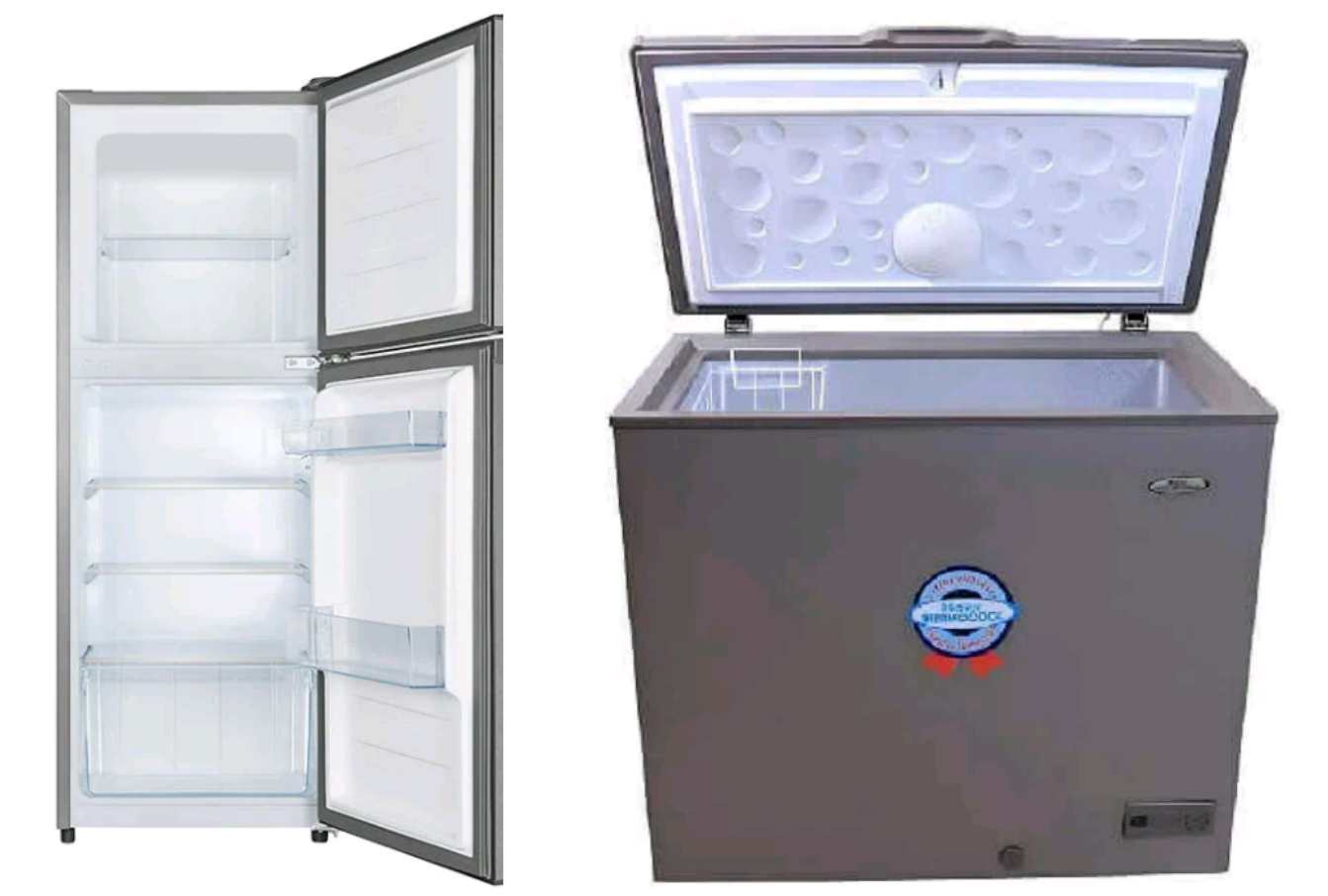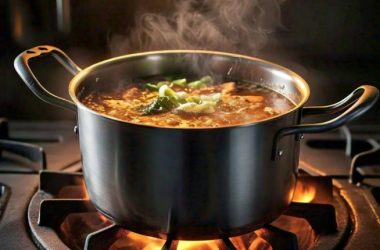When it comes to storing perishable food items, two essential appliances in our kitchens are the refrigerator (fridge) and freezer. While they share some similarities, they serve distinct purposes and operate differently. In this article, we’ll delve into the differences between fridges and freezers, explore how they work, and discuss the types of items suitable for each.
How Refrigerators Work
Refrigerators maintain a temperature range between 37°F and 40°F (3°C and 4°C) to slow down bacterial growth and keep food fresh. Imagine a delicate balance between cold air circulation and precise temperature control.
“The refrigerator’s primary function is to remove heat from the interior and transfer it outside,” explains the United States Department of Agriculture (USDA).
A fridge’s key components include:
– Compressor: compresses refrigerant fluid
– Condenser coils: dissipate heat
– Evaporator coils: absorb heat
– Insulation: maintains temperature
How Freezers Work
Freezers, on the other hand, operate at extremely low temperatures, typically around 0°F (-18°C) to preserve food for extended periods. Picture a deep freeze that halts bacterial growth.
“Freezing stops the growth of microorganisms and enzymes that cause spoilage,” according to the Food Safety and Inspection Service (FSIS).
A freezer’s key components include:
– Compressor: compresses refrigerant fluid
– Insulation: maintains temperature
– Cooling coils: absorb heat
– Defrost timer: prevents ice buildup
Key Differences Between Fridge and Freezer
| Feature | Refrigerator | Freezer |
|---|---|---|
| Temperature | 37°F – 40°F (3°C – 4°C) | 0°F (-18°C) |
| Storage Purpose | Short-term | Long-term |
| Food Preservation | Slows bacterial growth | Stops bacterial growth |
| Shelf Life | Days to weeks | Months to years |
What to Store in the Fridge
– Fresh fruits and vegetables
– Dairy products (milk, cheese, yogurt)
– Meat, poultry, and seafood (raw and cooked)
– Leftovers
– Beverages (juice, soda, water)
What to Store in the Freezer
– Meat, poultry, and seafood (long-term storage)
– Frozen meals and TV dinners
– Vegetables and fruits (flash-frozen)
– Breaded products (meatballs, chicken nuggets)
– Ice cream and frozen desserts
Additional Tips and Considerations
– Label and date stored items
– Maintain proper storage and handling practices
– Avoid overcrowding
– Regularly clean and inspect appliances
Conclusion
By understanding the differences between fridges and freezers, you can optimize your food storage and ensure a safer, more efficient kitchen.

















